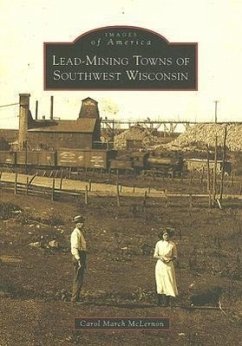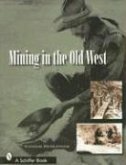East of the Mississippi River, and just north of the Illinois-Wisconsin border, the soil was once fertile with huge deposits of lead and zinc. White men discovered these riches in the early 1800s, well before Wisconsin became a state in 1848. Miners, farmers, and merchants flocked to the region, some bringing along their families. Towns with names like Snake Digs, Cottonwood, and Etna grew very rapidly. Roads, bridges, and railroad tunnels soon connected these towns where schools, churches, and businesses developed. Today tourists are invited to visit museums, mines, and shops in the region to explore its colorful past.
Bitte wählen Sie Ihr Anliegen aus.
Rechnungen
Retourenschein anfordern
Bestellstatus
Storno


